Turning Center Categorization
With the number of turning centers on the market, matching a machine with the right capabilities for a shop's needs can affect price and performance. Thsi article looks at three levels of turning center capabilities and how each plays out various application specifications.
Choosing the right machine for the right application is a significant challenge. Choosing a machine that will also be able to produce the more complex parts that may present themselves down the road is an important part of the process. The buyer also must consider a “standard,” “performance” or “high-performance” machine level (or platform) that pushes the envelope of capability and functionality. Many machine tool builders offer machines in two levels or all three levels, and typically, as capability and functionality increase, the levels of performance expand as well. But along with the increased capability and functionality found with high-performance machines comes a higher price tag. To get the most from a machine tool purchase, the buyers must zero in on the many variables, including budget, workflow, manpower availability and their machining expertise.
Machines at the standard level include features for doing prototype work or small to medium-sized production—primarily basic two-axis lathe parts. At the performance level, machines take on increased capability and functionality engineered for medium- to full-scale production environments. These machines typically include live tooling, C-axis capability, subspindle, and more. Material hardness, surface finish and possibly part quantity are more critical considerations. The high-performance level is necessary when additional axes (Y axis), twin spindles, automation, material hardness, quantity and possibly grinding quality tolerances and finishes are required. Machines in this category can be distinguished by the components that are engineered into the machine structure.
This article focuses on categorization of turning centers, but conceptually the principles apply to other machine tool types (VMCs, grinding machines, and others) as well.
Capability
Machine capability relates to the machine’s ability to achieve a desired level of performance based on accuracy, productivity and reliability:
• Accuracy—dimensional, shape (form) and surface finish
• Productivity—Output (metal removal rate) and ability to cut different materials and irregular shapes with different types of stationary and live tools
• Reliability—mean time between failure, mean time to repair and durability (ability to keep initial level of productivity and accuracy)
With Ra being the most common measure of surface finish, the level of finish machined on a specific product is based on material Rc hardness, desired throughput and machine stiffness. If the manufacturer only needs to produce a few parts and the material is not exotic, a low Ra is possible even with standard level machines. However, more commonly, a low Ra will require a higher level of capability in order to machine consistent parts in small, medium or large quantities.
Any machine may be capable of producing accurate parts to a tight tolerance with enough human intervention. But once the quantity goes up and the demand for accuracy and repeatability remains tight, the move to more capability with reduced human intervention will attain a higher level of accuracy. Key factors with part tolerance include accuracy and repeatability, CPK/PPK requirements and throughput level. Note that when it comes to accuracy, all standards are not the same. It is very important to confirm what standard or guideline is being used for fair comparison with different manufacturers. For example, are machine builders using ISO standards, European (VDI) guidelines, Japanese Industrial Standards (JIS) or National Machine Tool Builders Association (NMTBA) definition? This is essential data when developing a comparative spreadsheet.
All three levels of machine performance are capable of being in a production environment. The key factors of throughput, beyond the quantity of parts, are the level of part complexity, overall part tolerance and surface finish (cylindricity may also be a factor), and type and hardness of material. If the part is basic and the tolerance is wide open, then a volume of parts on a standard level machine may be possible. If the quantity is high and the tolerance tight, then a higher performance machine is likely the better choice.
Functionality
This term relates to the multitude of operations that can be performed at one machine level on any part in a single setup. Functionality drivers include part complexity and manufacturing strategy. Factors include number of axes, additional process functions, automation and in-process controls. If a complex part with various feature orientations requiring close geometric tolerances needs to be produced in one setup, then the machine needs to be configured with multitasking capabilities.
Once the machine capability and functionality needs are determined, the next area of concern is machine selection based on performance (material hardness, surface finish requirements or quantity).
Material Selection
General guidelines can be helpful in choosing materials for typical machining scenarios.
Standard level, in the 0 to 35 Rc range: Cast iron, cast steel, brass bronze, aluminum and coppers
Performance level, typically up to 45 Rc range: All the above plus stainless steels
High-performance level, typically up to 70 Rc range: All the above plus titanium alloys, magnesium alloys, exotic alloys and heat-resistant (super) alloys such as Hastelloy, Inconel, Nimonic and Waspaloy
Metals listed at the high-performance level may be run on standard level machines with less complex part configuration requirements, but having the best match-up of machine performance properties (such as speeds, feeds, spindle and axis drive and motor power ratings) will determine if the part can be produced effectively.
Machine Construction
Each machine level has distinct design elements for its machine components to achieve desired results. These characteristics include machine stiffness, damping features, base type and weight, castings and materials, ballscrews (diameter size, type and classification), linear guides (size, type and classification), motors and drives (size, type and classification), overall system compliance and control features (functions and type).
Design life of these components is equally important to consider. A new machine that holds very good accuracies for the first few years of operation can deteriorate relatively quickly, based on the level of components used. On the other hand, a machine designed and built with consideration of the size, type and classification of all critical components can maintain a high level of accuracy much longer.
Thermal Considerations
Thermal design considerations vary between machine levels. In the case of the high-precision Hardinge RS-series turning center, continuous airflow in and around the thermally symmetrical headstock frame affords optimum thermal stability for increased part accuracy. The symmetrical dissipation of heat minimizes the transfer of heat generated by the spindle bearings into the cast iron machine structure. This design allows the spindle centerline to remain in a fixed location, unlike standard- and performance-level machine spindles that may migrate vertically as a result of thermal growth.
Other key areas of heat generation are in the axis way systems. Standard-level way systems can experience heat buildup, especially under heavy load conditions. Heavy-duty, high-accuracy linear guideways and ballscrews not only allow large load ratings, but also greater positioning accuracy and less thermal growth. And to compensate for ballscrew growth, high-performance machines typically incorporate linear glass scales. Thermal considerations are also important as they relate to turrets, carriage design, material selection, and so on for each level. The machine environment can also be a factor. Temperature swings can adversely affect part accuracy. Coolant temperature, for example, can be maintained when using a coolant chiller, thus minimizing the impact heat can have on maintaining a high level of part accuracy.
Moving Up To High Performance
A host of other factors can come into play when considering the move to a high-performance turning center, including machinist availability (reduced number of machinists running multiple machines), expectations of machining complex parts having tight feature orientations, staying ahead in the technology curve for competitive quoting and materials to be machined. The higher the technological features a machine has to offer, the longer the competitive timeline. Faster spindle speeds, faster traverse rates, higher quality ballscrews and environmentally friendly lubrications all allow the user to stay ahead of the curve rather than using standard-level machines built with less stringent standards, components, capability and functionality.
Even if a high-performance machine seems precisely what the business needs to be truly competitive, the higher cost may still make the buyer hesitant to move forward with the purchase. A machine with just the right capabilities and functionality may still seem like it will create too many financial issues to be practical. In such a case, the 5-year/2-percent rule can be used to help turn problems into opportunities.
The total cost of the machine leased throughout a 5-year term can be calculated using the following formula: $205,000 (total machine price) times 2 percent equals $4,100 (monthly payment); divided by 20 working days equals $205 per day; divided by 8 hours equals $26 per hour.
Another way to see the affordability with some compromise would be to formulate starting with the machine base price and add the option costs one at a time. For example: $120,000 for the base machine times 2 percent equals $2,400 monthly payment; divided by 20 days equals $120 per day or $15 per hour. The same formula is then applied to the options (using live tooling and C axis as an example): $17,000 times 2 percent equals $340 monthly payment, $17 per day, $2.13 per hour. The total cost is then $17.13 per hour. Further options can be added until the price comfort zone and needed capability and functionality are in tune. Of course, actual costs and rates will vary, but this is a good rule-of-thumb calculator. Down payments on the lease can also help to ease the extended price burden.
Related Content
Keeping Watch on Small Parts
From watch parts to exotic medical applications, this shop takes on the world of micromachining.
Read MoreWhen a CNC Turn-Mill Doesn’t Turn
A shop in Big Sky Country uses a B-axis multitasking machine to produce complex, prismatic medical parts that require no turning complete from barstock.
Read MoreGetting More Production From Swiss Turning Centers
Buying a new CNC Swiss turning center is a substantial investment. For the best return, look closely for capabilities that enable the best utilization of the machine.
Read MoreNomura DS Showcases Turning and Milling Machines Engineered with Excellence
Gosiger offers the comprehensive line of Nomura DS machine tools at competitive prices.
Read MoreRead Next
A Tooling Workshop Worth a Visit
Marubeni Citizen-Cincom’s tooling and accessory workshop offers a chance to learn more about ancillary devices that can boost machining efficiency and capability.
Read MoreDo You Have Single Points of Failure?
Plans need to be in place before a catastrophic event occurs.
Read More

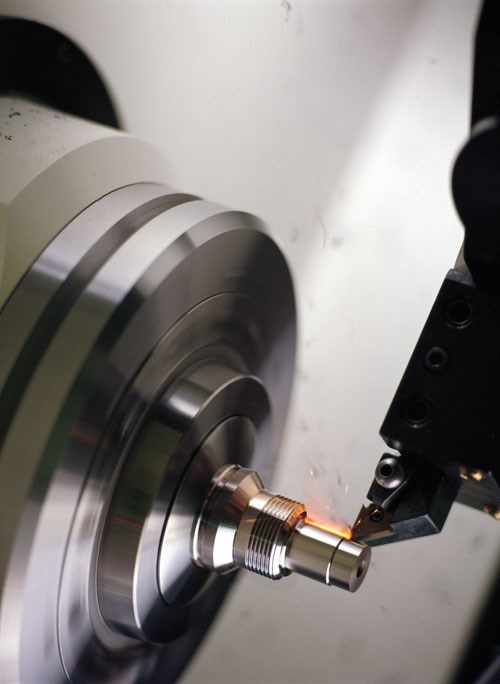
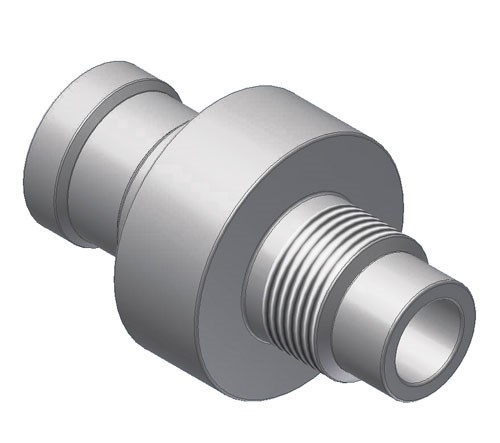
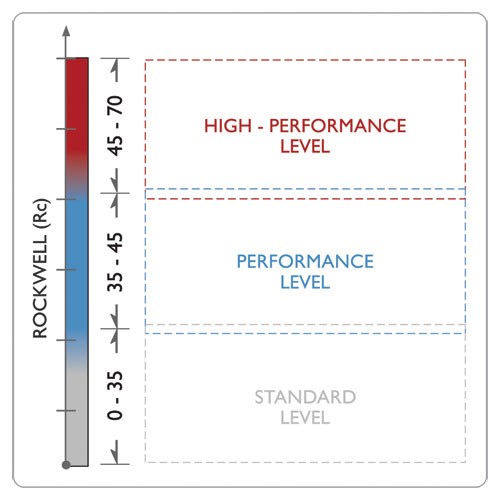
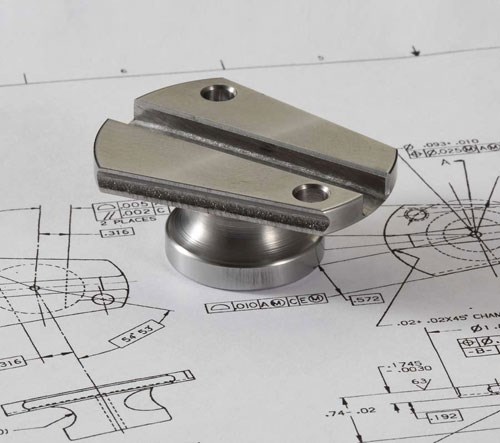
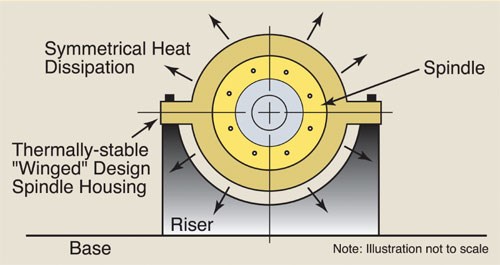
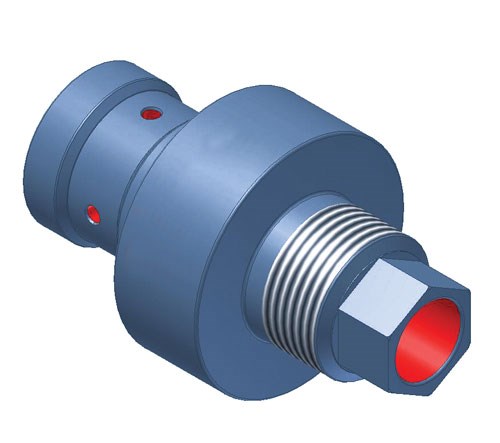
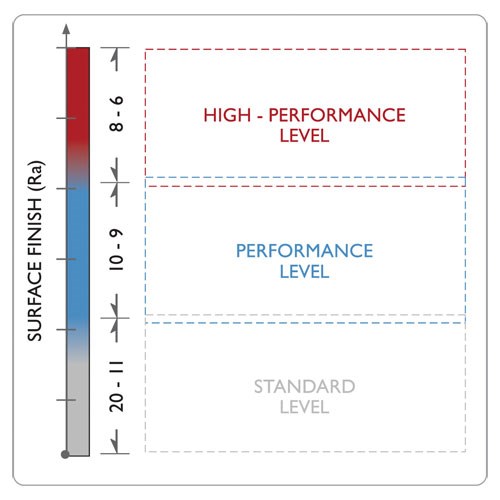
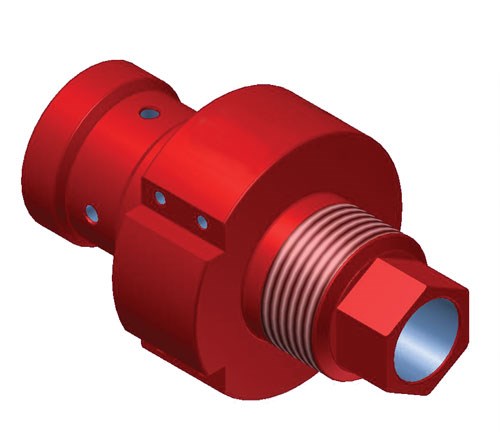
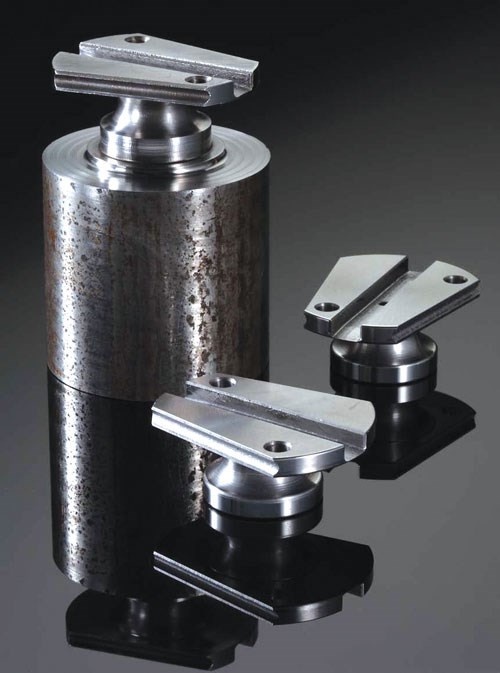
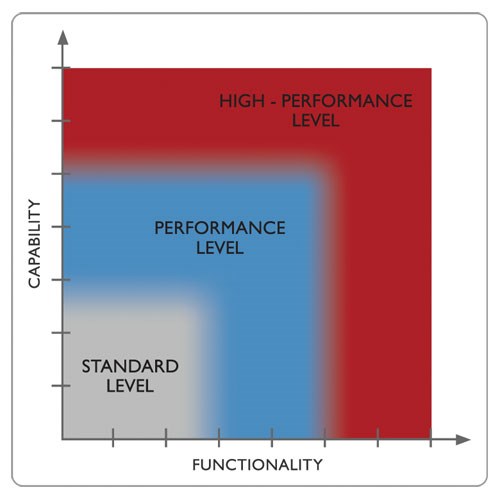











.jpg;maxWidth=300;quality=90)






